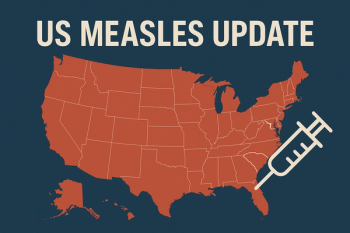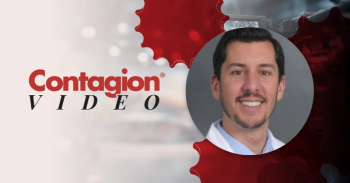
New Material May Be a Game Changer in the Fight Against Hospital-Associated Infections
Researchers have developed a material that may have the potential to provide protection against hospital-associated infections.
A development made by researchers at the Universitat Jaume I (UJI)’s department of Organic and Inorganic Chemistry may be a game changer in the fight against hospital-acquired infections (HAIs). The research, published in the Journal of Materials Chemistry, highlights the team’s creation: a light-activated antimicrobial material that has yet to be used in antimicrobial photodynamic therapy (PDT). This promising new material? A molybdenum complex.
Although a somewhat newer therapy, PDT offers a different approach to combatting harmful microorganisms that are at the root of a number of diseases. According to a past
When speaking of the research, Francisco Galindo, a professor at the UJI, as well as one of the lead researchers of the study, said in a recent
According to the Centers for Disease Control and Prevention (CDC), Staphylococcus aureus is particularly dangerous in healthcare settings, where these infections are serious and sometimes even fatal. There is a higher risk of acquiring a serious case of S. aureus in the healthcare setting due to the fact that many patients have weakened immune systems. In a past
The team’s discovery may offer a way to cut down those numbers. Professor Galindo shared that “the tests so far have been very promising; it has been able to destroy practically all of the bacteria exposed to the new material.”
So, how does the complex work? In reaction to light, molybdenum is able to eliminate harmful cells. Professor Galindo explained, “Upon exposure to a light source, reactive oxygen species (ROS) are produced, which destroy the pathogens.” Interestingly enough, singlet oxygen has been used the most in PDT as a way to treat skin-related infections; it can even be used in the fight against skin cancer.
According to the press release, the most common compounds currently in the field—porphyrin and phthalocyanine—become less efficient when they “clump together,” which is something that they tend to do. Molybdenum doesn’t do this, and that isn’t the only advantage that this complex has over the others in the game, according to the researchers. This photosensitizer is also “very photostable,” which means that “it does not self-destruct upon contact with light, unlike other photosensitizers which tend to break down upon prolonged exposure.”
For now, molybdenum will be used as a means of prevention; researchers will use the new material to create objects that will “self-sterilize” when introduced to light, which can be particularly helpful. When it comes to the prevention of HAIs, sterilization is key. In addition, the researchers will also use the complex in the development of different treatments for skin disorders and skin cancer.
The study authors concluded that the “polystyrene-molybdenum is in its chemical and microbiological lab development phase.” They continued, “We are also studying how other polymers (besides polystyrene-type polymers) might be used as carriers, as well as testing the efficiency and stability of other molybdenum complexes.” The team is currently looking into measuring how effective this material is within real-life settings.
Newsletter
Stay ahead of emerging infectious disease threats with expert insights and breaking research. Subscribe now to get updates delivered straight to your inbox.



















































































































































































































































































